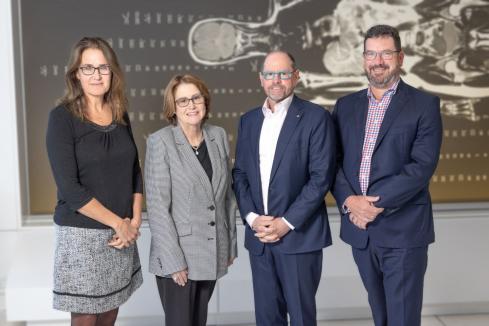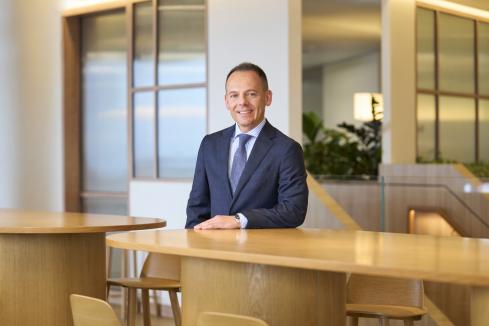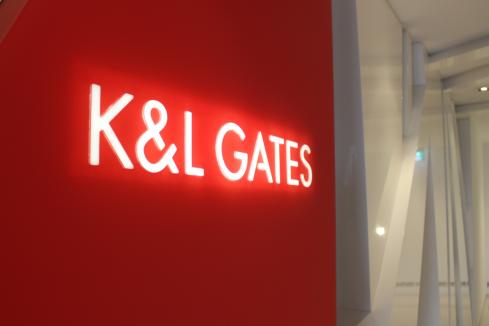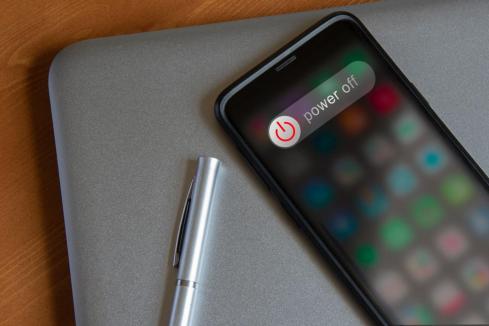Perth law firms say flexible working arrangements will be more common after their experience of the past two months.

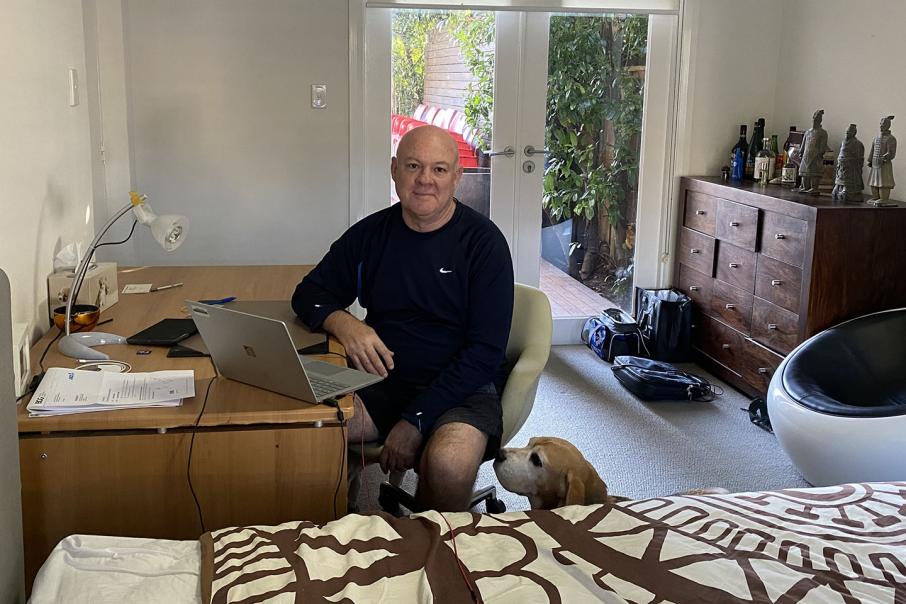
Perth law firms say flexible working arrangements will be more common after their experience of the past two months.
Tony Joyner’s home office is a far cry from what most people would expect from the managing partner of Perth’s largest law firm.
For the past two months, the Herbert Smith Freehills partner has been working from the spare bedroom of his family home, and he loves the informality and convenience.
(click here to view a PDF version of the full special report)
A survey by Business News has found at least 90 per cent of staff at most of Perth’s law firms have been working from home, and many plan to continue.
“In reality, our work is quite suited to working from home and we have been set up to do it for several years,” Mr Joyner told Business News.
“It’s one of the reasons our move out of the office a couple of months ago has gone so well.”
“What this period has shown is just how well it can work, especially to the doubters, so I have no doubt that working from home will play a bigger part in our working lives for evermore.”
Mr Joyner said the new way of work was much more than just ‘working from home’ and video conferencing.
“We’re seeing collaborative technology being used more and more, and more comfortably and usefully,” he said.
“Like a lot of things, COVID-19 has sped up what was already happening.”
This was a common theme across the industry: firms already had the technology in place and many said they had a culture of flexible work.
Despite the shift in work practices, however, most firms have started their phased return to the office.
MinterEllison allows just 20 per cent of staff in the Perth office at any one time and will shortly move to 40 per cent.
Similarly, Clayton Utz allows just 30 per cent of staff into the office.
Jackson McDonald and Squire Patton Boggs have moved faster, rotating staff so that half can be in the office.
Looking ahead, a Jackson McDonald staff survey found 70 per cent wanted to split their time equally, or work remotely in the main.
A Clayton Utz survey also found many staff were keen to work from home more regularly, though partner in charge Nick Cooper said it was difficult to generalise about future arrangements.
“We’re more focused on individuals and teams having conversations around how they’d like to work, and what will work best for the business and clients,” he said.
Mr Cooper anticipates a mix of work styles in future.
“Flexible working is great, and so is being able to see your team and clients face to face. That connection will still be important,” he said.
MinterEllison managing partner WA Matthew Knox said the return to the city office would be driven by client and business needs, but also by staff preference.
He admits to being unsure what the future will look like.
“It’s hard to say, but in six months we may only have 70 per cent of our people in the office,” Mr Knox told Business News.
HHG Legal Group started moving back to the office about three weeks ago, before most firms, perhaps helped by the lure of new premises in the CBD.
“It looks like most staff are enjoying being back in the offices,” executive chair Simon Creek said.
“I think the social aspect of work has been missed the most.”
HWL Ebsworth Lawyers was one firm that maintained a large presence in its CBD office throughout the COVID-19 shutdown.
About 40 per cent of its staff stayed in the office and it is already back to nearly 80 per cent.
Partner Mitch Artus said there were two reasons why this stacked up.
The firm leased two floors when it moved to 240 St Georges Terrace late last year, which gave it room to grow and meant there was plenty of space for current staff.
HWL’s preference for offices rather than open plan also made it easier to safely accommodate staff.
Squire Patton Boggs managing partner Tony Chong said remote and flexible work practices would continue, but so would a centralised gathering place.
“Humans are social creatures, and for most of us there is an energy and creativity we get from working with others,” he said.
“Replicating that collaborative environment via technology is not yet a realistic alternative.
“The other point I would make is that we need to be back ‘at work’ to restore business confidence, consumer optimism, and a return to growth.
“We need to do it as safely as we can, but ultimately, we need to get back to business as close to normal as we can.”








